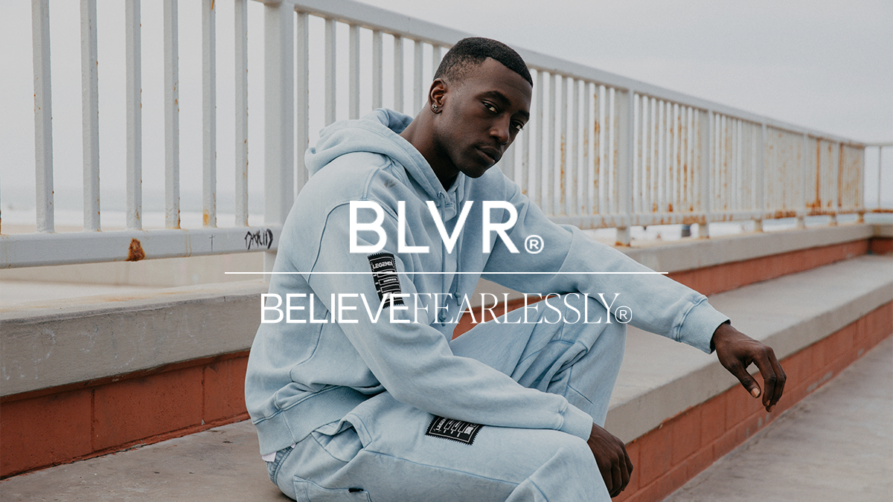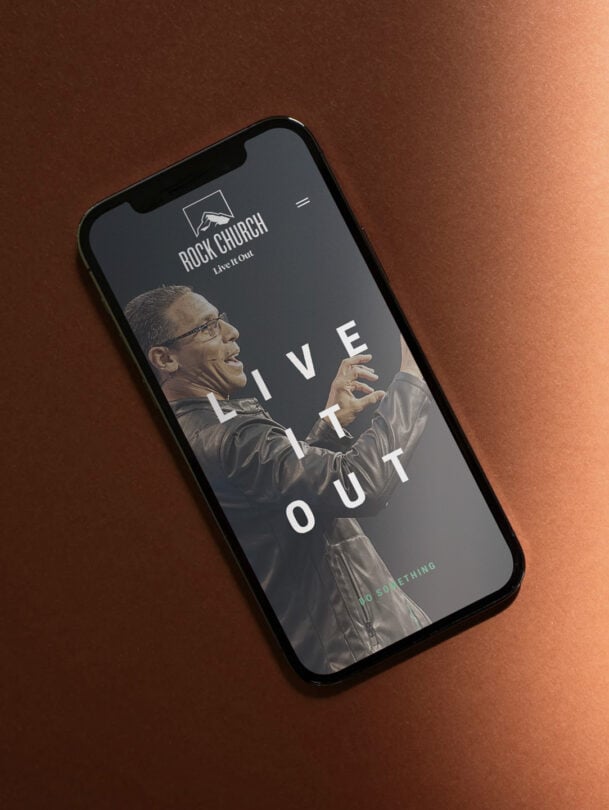The actions your brand takes will be the best source of a strong brand-customer relationship and the basis of consistent brand success
WHY DO BEHAVIORS MATTER?
Since behaviors are visual impressions, and we perceive about 80 percent of all impressions via sight, what you do, especially what your customers see you do, matters massively to the perception of your brand. Brands say a lot. Brands love to talk. But the true bond formed with customers is a result of behaviors. The actions your brand takes will be the best source of a strong brand-customer relationship, and the basis of consistent brand success. The only caveat is that these behaviors must be coherent and aligned with the rest of your brand platform, specifically your guiding belief. Which takes us on a trip back home, to the very roots of your brand’s existence.
YOU HAVE TO BELIEVE BEFORE YOU CAN BEHAVE
Before we talk about how to behave in ways that create an unshakeable bond between brand and customer, we have to talk about where behaviors should stem from — your beliefs. Beliefs are a tricky thing; everyone has them, everyone knows everyone has them. But many times, they can be difficult to articulate in a way that is clear to others, and until they can be articulated to others, how can you achieve what you believe?
Life moves fast, people get busy, companies get busy. The day-to-day too often gets in the way of long term vision. Our advice at BLVR® — hop off the merry go round for a second. Take some time to think. Find a clear way to articulate your beliefs. For your brand, a clearly defined belief about the world is a bullet train destined to reach its destination — the world your brand wants to create. The first step of the journey to take your brand from merry go round to bullet train is to make sure you know what your brand believes in. You have to believe before you can behave.
WHAT ARE BRAND BEHAVIORS, EXACTLY?
Behaviors are actions. They can be either sporadic and inconsistent, or consistent and meaningful. In branding, consistency is the key. So, when we talk about brand behaviors, we are really talking about consistent, coherent actions a brand takes. But, that definition does little to distinguish between good or bad. What makes a brand behavior good or bad is the level of alignment with the rest of your brand foundation. Hopefully, a clear picture of what good brand behavior looks like and what poor brand behavior looks like is beginning to emerge.
Good Brand Behavior: Consistent, coherent actions a brand takes directly aligned with its
belief, vision, and values.
Poor Brand Behavior: Inconsistent, incoherent or unaligned actions a brand takes.
To briefly recap, behaviors are the tangible hand your brand extends to its customers to create a lasting bond. But these bonds can be strong or weak, depending on how good or bad the behavior is. And what makes a behavior good or bad is the level of alignment with your brand’s belief.
UNALIGNED BRANDS: A CAUTIONARY TALE
There are plenty of examples of brands that have experienced a disconnect between what they believe and what they consistently do. This lack of alignment (poor brand behaviors) created backlash from inside and outside these misaligned organizations.
Brands make promises across a wide array of touchpoints. This is why alignment matters so much. Because when you say a lot and do nothing or do differently than what you say, your customers know. Your brand, in your audience’s eyes, becomes tainted as performative, deceptive and untrustworthy. Bad for business.
Take Everlane’s recent struggles with behaviors that did not match their beliefs. For years, they spoke about and built their brand around a belief in radical transparency. People bought into their messaging, wholeheartedly. But in 2019 the company faced “waves of public allegations of hypocrisy, with former employees having accused the company of anti-Black behavior and union busting, of selling an image to the world that did not reflect their damaging experiences inside the company” (NYT).
When the dust settled; Everlane projected 15 million dollars in losses.
Why? Pretty simply, poor brand behaviors. Use this as a cautionary tale, and make sure
your brand can walk its talk.
WHO IS DOING IT RIGHT?
The good news is that for everyone that stumbles in behaviors there are other examples of things that go extremely right. Based on a few essential behavior touchpoints, these are some brands that are role models for good brand behavior(s), check out each link for a taste of what they are doing right:
Company Culture: Mindvalley
Innovation/Product Development: IDEO
Customer Experience: Virgin
CSR: Patagonia
Marketing: Noah
WHAT CAN YOU DO TODAY?
Hopefully at this point you might realize, behaviors are not that hard to get right. They just need a little bit of TLC, and a strong commitment to living out your beliefs. But it can also be helpful to understand the science of behavior, because there are actionable steps any organization can take to drive better behavior, or drive desired behavior. The subsequent sections of this article are designed to give you actionable insight into engineering good brand behavior.
Two Models of Behavior Change:
Enter Dr. BJ Fogg and James Clear. Two world-renowned thinkers in the field of behavior change, habits, and productivity. My hope is that you will see how similar their two models are, and how creating good behaviors can be accomplished, as long as you pay attention to the alignment with your brand foundation.
First is the model from Dr. BJ Fogg, the B=MAP model. Essentially Dr. Fogg’s theory states that a behavior only occurs when three things are present at one moment; motivation, ability, and a prompt (or trigger). In Dr. Fogg’s theory, behavior happens easily when motivation is high, and either the level of ability is high or the difficulty is low. As an example, we can use B=MAP to explain why we all check our phones so often. Motivation is high because of all the social rewards cues built into our phones. The level of difficulty is low because we all keep our phones right next to us at all times. Pulling those two elements together creates a pretty strong habit of checking our phones every time they buzz.
James Clear, author of Atomic Habits, came to a similar conclusion. Clear has come up with a process known as the habit loop. In this habit loop, there is a cue (phone notification), which induces a craving (desire to check Instagram), which triggers a response (picking up your phone) that results in a reward (validation you get from receiving a like).
Essentially to make behaviors stick, according to James Clear, you have to ask yourself 4 questions.
How can I make it obvious? How can I make it attractive? How can I make it easy?
How can I make it satisfying?
Both Dr. Fogg’s and James Clear’s models of behavior should make it clear that consistent behaviors happen when the desired behavior is easy or motivation is high.
Say for example you would like your company culture to better represent it’s core value of collaboration. To make improvements in this area, you have three options. Option one, make the collaborative behaviors easier by scheduling time for brainstorms between two departments. Option two, level up the collaborative skill of your employees by providing them with collaboration tools they value. Option three is to increase the motivation to collaborate within the company. This can be accomplished by hiring people who value collaboration because people are more likely to be motivated to do things they value.
RECONNECTING WITH BRANDBELIEF
Now that I have introduced some of the science of behaviors, let’s circle back to where we started. Before you behave, you have to believe. Earlier when I wrote this, I meant that before you determine what the right behaviors are for your brand, you have to know what you believe in. Now at the end, let me introduce you to another reason why belief is so important to behaviors.
When you articulate your beliefs to your employees, when you hire based on your beliefs, when belief is the seed of your entire brand and company, everyone feels like they are a part of something bigger. Beliefs give people the curiosity, passion, and purpose they need to boost their motivation, improve their skills and align their behaviors. When companies are designed around belief, the organization becomes more motivated to behave in ways that reflect that belief. That’s the kind of positive feedback loop that can elevate your brand and help it connect deeply with customers.
NOW, GO DO:
What separates your company from the companies that are changemakers, activists, mavericks is how they are behaving on a day-to-day basis. Ask yourself, is my business a noun business or a verb business? Noun organizations say a lot but do little. Verb organizations are always doing. A little insight: The verb businesses are the ones shaping this world because they act, and act again, and then act some more.
Your beliefs give you direction, a destination. But, often, that destination is a long way off. Behaviors, what you do consistently, will be the recipe to bring your vision into existence.
KEY TAKEAWAYS:
- Behaviors are the easiest way for customers to determine what your brand is all about
Good brand behavior: Consistent, coherent actions a brand takes directly aligned with its belief, vision and values.
- You have to believe before you can behave.
- James Clear guiding questions for making behaviors stick:
- How can I make it obvious?
- How can I make it attractive?
- How can I make it easy?
- How can I make it satisfying?






